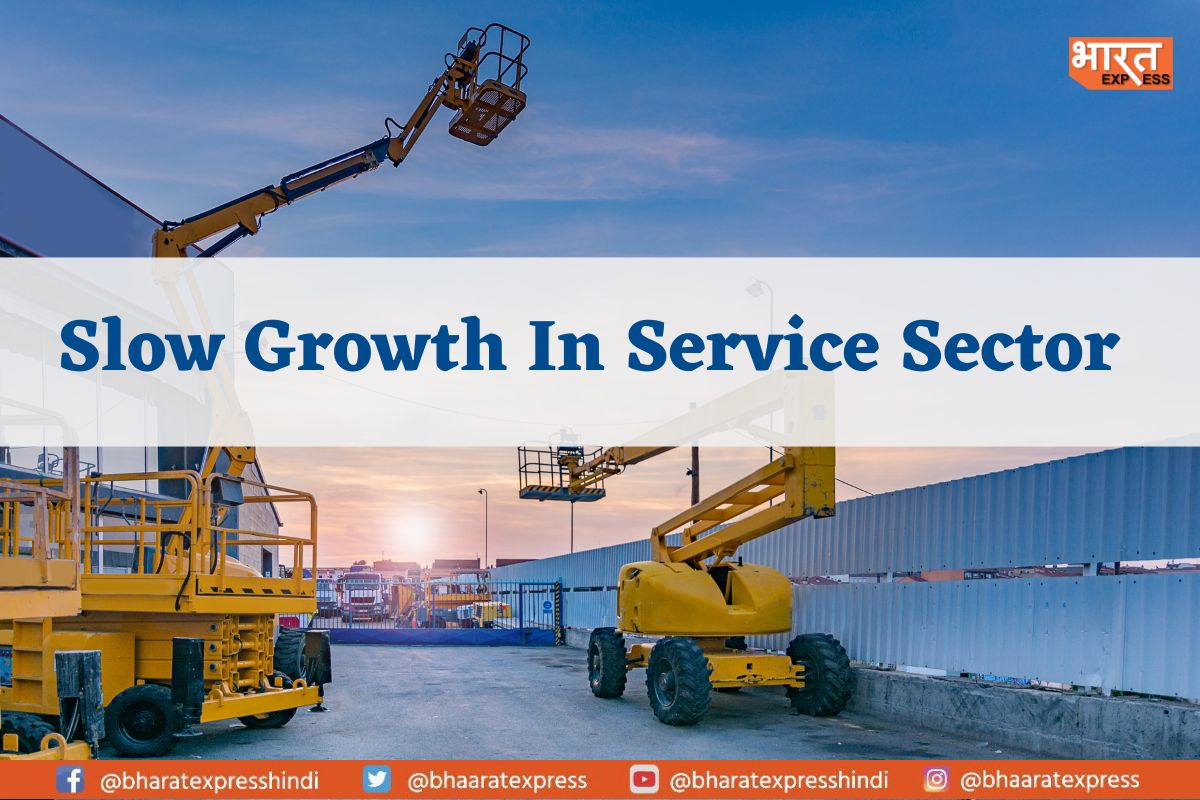
Growth in India’s dominant services sector slowed down last month from February’s 12-year high due to a slower expansion in demand. The study also revealed that input cost inflation had dropped to its lowest level since September 2020 – according to private survey
The S&P Global India Services Purchasing Managers’ Index decreased to 57.8 from 59.4 in February last month, underperforming the 58.3 estimate in a Reuters poll. The service sector in India continued to grow after February, both in terms of new business intake and production. The primary engine of development, however, has once again been manufacturing, according to Pollyanna De Lima, associate director of economics at S&P Global Market Intelligence.
A sub-index measuring new business inflows into the services sector fell from 59.5 in February to 58.1 last month, and businesses hired at the weakest rate in ten months, citing adequate capacity.
Expectations for future business have dropped to their lowest level in eight months.
According to a separate poll released earlier this week, manufacturing activity grew in March at its strongest rate in three months, but the slowdown in service sector growth caused the composite index to fall from 59.0 in February to 58.4 this month.
“Weakness was seen with regards to jobs as a general lack of pressure on operating capacities and diminished confidence in growth prospects prevented hiring activity,” De Lima quoted.
Despite input cost pressures easing to levels not seen in 2-1/2 years and improved growth in overseas demand, the prognosis was bleaker. That implied ongoing price pressure. Although overall inflation significantly decreased in February to 6.44%, it still exceeded the Central Bank of India’s (RBI) target range of 2%–6%. However, service providers were able to pass on part of their increased costs to customers as a result of the strong domestic demand, which in turn caused prices to rise at their quickest rate in three months.
The RBI’s 4.0% medium-term objective for inflation is unlikely to be reached anytime soon, adding to the pressure on the institution. As a result, the central bank is anticipated to raise its benchmark repo rate by 25 basis points on Thursday.
Read more: In a race to become robust, India is planning to expand their export to USD 2 trillion by 2030

















